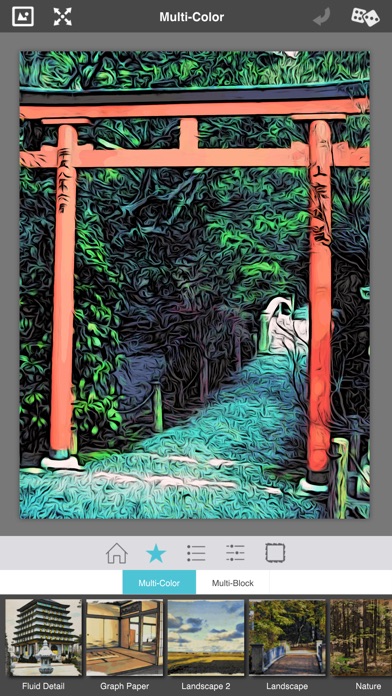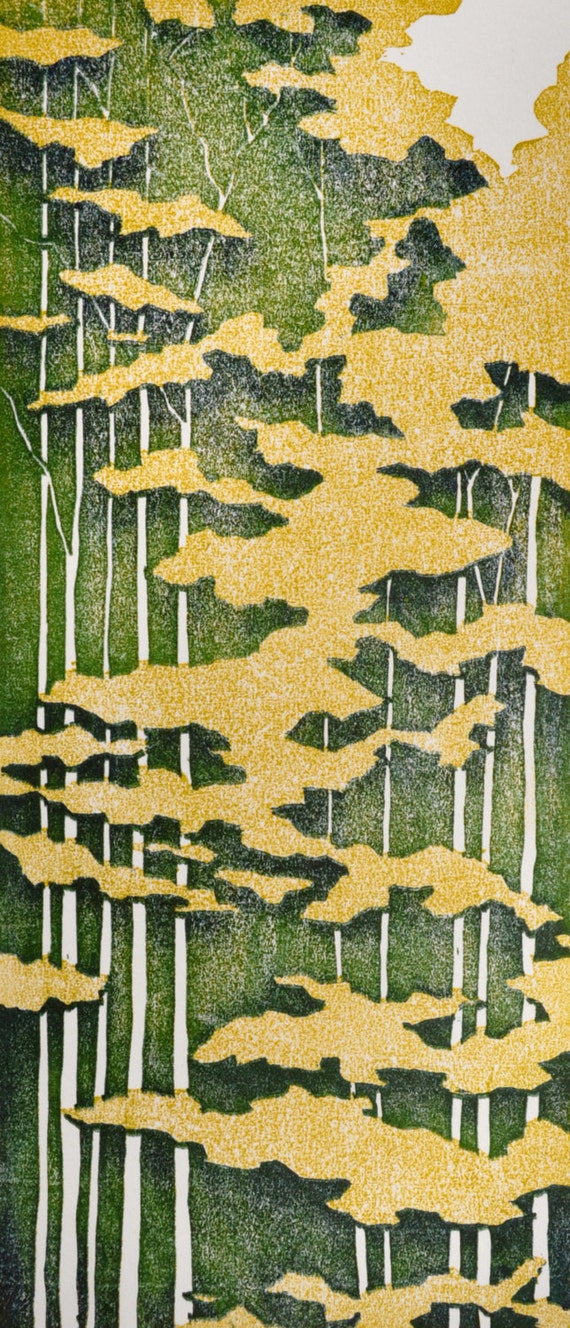

Moku ( wood) Hanga ( print) is a simple method to make woodblock prints using a brush, baren, fine grain wood, Japanese paper (washi), water based ink and a few sharp carving tools no large, complex printing presses, oil based inks or toxic chemicals are needed.

To create a Moku Hanga print, simply brush watercolor and rice paste onto a carved wood block, slowly lay a sheet of paper over the top and burnish the back with a rubbing tool, or a Japanese disc baren. Seeing the printed image slowly seep through the back of the paper as it is rubbed is my favorite part of the process. Born from the traditional craft of creating Japanese Ukiyo-e prints, it is a technique that can be adapted to suit a range of abilities and allows for a wide range of creative possibilities. After rubbing, carefully lift the paper to reveal your Japanese-style woodblock print! Printing with a brush, watercolor and baren yields delicate, subtle effects that would be very hard to duplicate through other printmaking mediums. Moku wood Hanga printmaking This is a water-based method of printmaking that has gained popularity across the globe. I love the hands-on, direct and nuanced nature of this process. Currently I give workshops at Shake Rag Alley in Mineral Point Wisconsin and at The Clearing Folk School in Ellison Bay Wisconsin.

The process starts with creating an original drawing on paper or cloth called sumi. It involves carving an image into a block and then printing it using woodblocks. Hanga (Creative Print) movement when a new generation of artists began to use. Being able to share what I have learned about this art form is very important to me and through Patreon I am hoping to expand my teaching opportunities to include as many students as possible. Sosuku-hanga is a traditional method of printmaking in Japan, which dates back to the 17th century. o with nikawa (an animal glue binder) to form a rich lacquer black which. Parks, preserves and wild spaces are critical for our collective health. My favorite subject might be a small warbler hunting for larvae in a vernal pond, a carpet of Kalm's Lobelia blooming by the dozen across a sandy bog, or Blue Herons scooping up fish from an impossibly fast waterfall. Whether large or small, the wild spaces that surround us offer lifetimes of discovery and observable beauty perfect for sharing through woodblock printmaking.


 0 kommentar(er)
0 kommentar(er)
